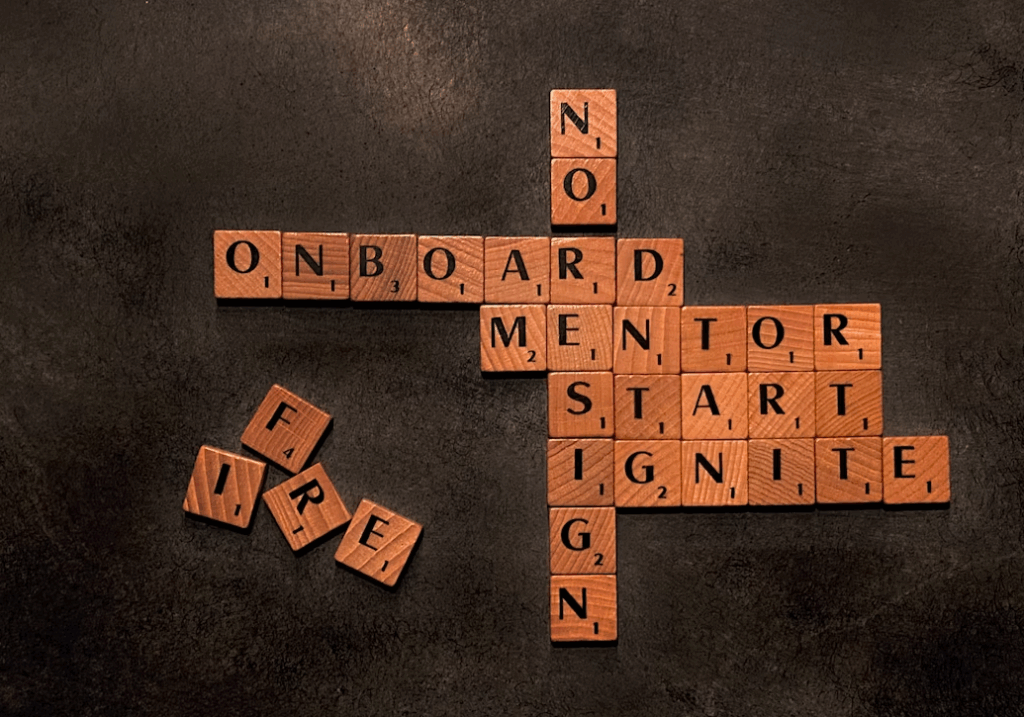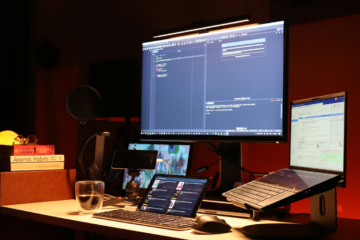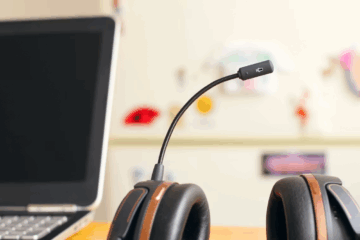
The role of peer learning in MSP career development is a concept that has so much to give; it’s outright reckless to overlook or neglect it!
One of the biggest flaws in traditional training methods is that the person designing the material often doesn’t approach it from the same angle as the person who will actually use it. In the MSP field, training content is frequently created by people who were once hands-on but have long since moved into management roles—or worse, by HR professionals with limited technical insight.
That’s not to say their involvement isn’t valuable; structure, compliance, and organizational alignment all matter. But the technical heartbeat of the MSP industry doesn’t come from HR memos or PowerPoint slides. It comes from the people still in the trenches—actively solving client problems, troubleshooting under pressure, and adapting to new tools and workflows every single day.
This is where peer learning in MSP steps in. It’s not a supplement—it’s the missing piece. So, with that in mind, let’s talk about the real role of peer learning in shaping and accelerating an MSP career.
Why Traditional Training Falls Short

The core issue with most MSP onboarding programs and training practices is that they’re often built by people who no longer do the job themselves. They’ve moved into different roles—maybe management or HR—and while their insights are useful in some areas, they don’t always reflect the actual, current experience on the ground. There’s a big difference between remembering what the job was like five years ago and knowing how it feels today. A lot changes in five years—tools evolve, client expectations shift, and so do the demands of the job.
Even when the content is technically sound, it often feels disconnected. That’s because it wasn’t designed from the perspective of someone who’s juggling five open tickets, dealing with a grumpy client, and trying to diagnose a weird VPN issue—all before lunch. It’s not that the theory is wrong; it’s that the priorities feel off. You’re left wondering who this training was actually written for, because it sure doesn’t feel like it was made with your daily reality in mind. MSP training needs to be built around those day-to-day problems—not just procedural checklists.
Specialists from a renowned MSP staffing agency claim that one of the main gaps in onboarding is the lack of feedback from active techs. They argue that too much focus is placed on company policy, while not enough weight is given to current field expertise. That’s where peer learning in MSP becomes crucial—bringing real context to theoretical lessons.
To make things worse, there’s usually a gap between the tools people are taught to use and the ones they actually rely on. You’re trained on the official process, only to discover your team has ten different shortcuts and a shared folder full of undocumented solutions. These are the things that never make it into the handbook, but they’re what actually keep the ship afloat.
Learning From People Still in the Trenches

When you learn directly from someone who’s actively doing the work, the advice hits differently. It’s not about theory or ideal-case scenarios—it’s about what actually works when the pressure is on. These people are using current tools, following real procedures, and dealing with the same clients you’re about to face. Their knowledge is fresh, relevant, and stripped of unnecessary fluff.
There’s also something incredibly valuable about getting feedback in real time. A senior tech can spot where you’re about to go wrong before you even make the mistake. It saves you from wasting time and helps build better instincts. You’re not just learning what to do—you’re learning how to think like someone who’s already good at this. That’s something you don’t get from a static MSP training module.
This kind of field-level knowledge gets shared constantly within high-performing teams, according to people specializing in outsourced MSP staffing services. They point out that peer coaching helps close skill gaps faster and builds real confidence—especially for junior techs just entering the field. It also supports stronger collaboration across the board.
And there’s a kind of comfort in knowing you’re not figuring it all out alone. When someone next to you shares how they handled a similar ticket last week, it takes the pressure off. It also reminds you that even the seasoned pros still hit snags—they’ve just learned how to deal with them faster. That kind of insight fuels true MSP career development, not just job survival.
Peer Learning Encourages Faster Skill Acquisition in an MSP

Getting thrown into an MSP role can feel like being tossed into the deep end. Peer learning in MSP helps ease that shock. Instead of struggling through generic onboarding, you get immediate help from someone who’s already mastered the ropes. They won’t just tell you what to do—they’ll show you how they actually do it, which makes a massive difference.
It’s easier to build confidence when someone close by can explain things in plain language. They’ll understand where you’re coming from because they were just in your shoes. This makes their advice feel less intimidating and more actionable. When someone explains something without making you feel dumb for asking, you’re more likely to retain that information and use it the next time it comes up.
Formal training often requires jumping through hoops to get answers. Peer learning, on the other hand, is fast. You ask a question, get a quick explanation, and move on with your task. That kind of responsiveness helps maintain momentum. You’re not stuck waiting for a ticket to be escalated just so you can learn what to do the next time it happens.
This kind of knowledge sharing also keeps information from being locked away. Everyone benefits when tips, scripts, and troubleshooting tricks are openly shared. It builds a more agile team that’s better equipped to handle whatever the day throws at them—and that’s how strong MSP talent is developed organically from within.
Builds a Culture of Continuous Improvement

When peer learning becomes part of daily life, everyone becomes both teacher and student. There’s no rigid hierarchy—just a shared goal of helping each other get better. Whether you’ve been in the role for three months or three years, there’s always something new to learn or something you can pass along. That creates a more dynamic and open environment.
Teams that learn together also tend to fail smarter. Mistakes become teaching moments, rather than things people try to hide. If someone misconfigures a firewall rule, they’ll talk about what went wrong and how to avoid it next time. That kind of honesty only happens when people feel supported, not judged. Peer learning in MSP normalizes that exchange.
A peer-driven approach also keeps curiosity alive. Instead of memorizing policies, people explore new ways to accomplish tasks. They ask why something works and look for better alternatives. That drive to improve doesn’t come from a handbook—it comes from seeing others ask questions and solve problems creatively. It spreads naturally when people are encouraged to share what they discover.
And it’s not just about fixing what’s broken. A culture of peer learning helps teams proactively refine their workflows. Perhaps someone will find a more efficient way to document tickets or automate a repetitive task. In an environment that values shared learning, those improvements catch on quickly—and everyone benefits.
Wrap up on The Role of Peer Learning in MSP Career Development
Peer learning in MSP isn’t just a helpful extra—it’s a critical part of building strong teams and real-world expertise. It accelerates growth, promotes collaboration, and keeps knowledge grounded in everyday work. For anyone serious about long-term MSP career development, learning from peers is simply non-negotiable.



0 Comments